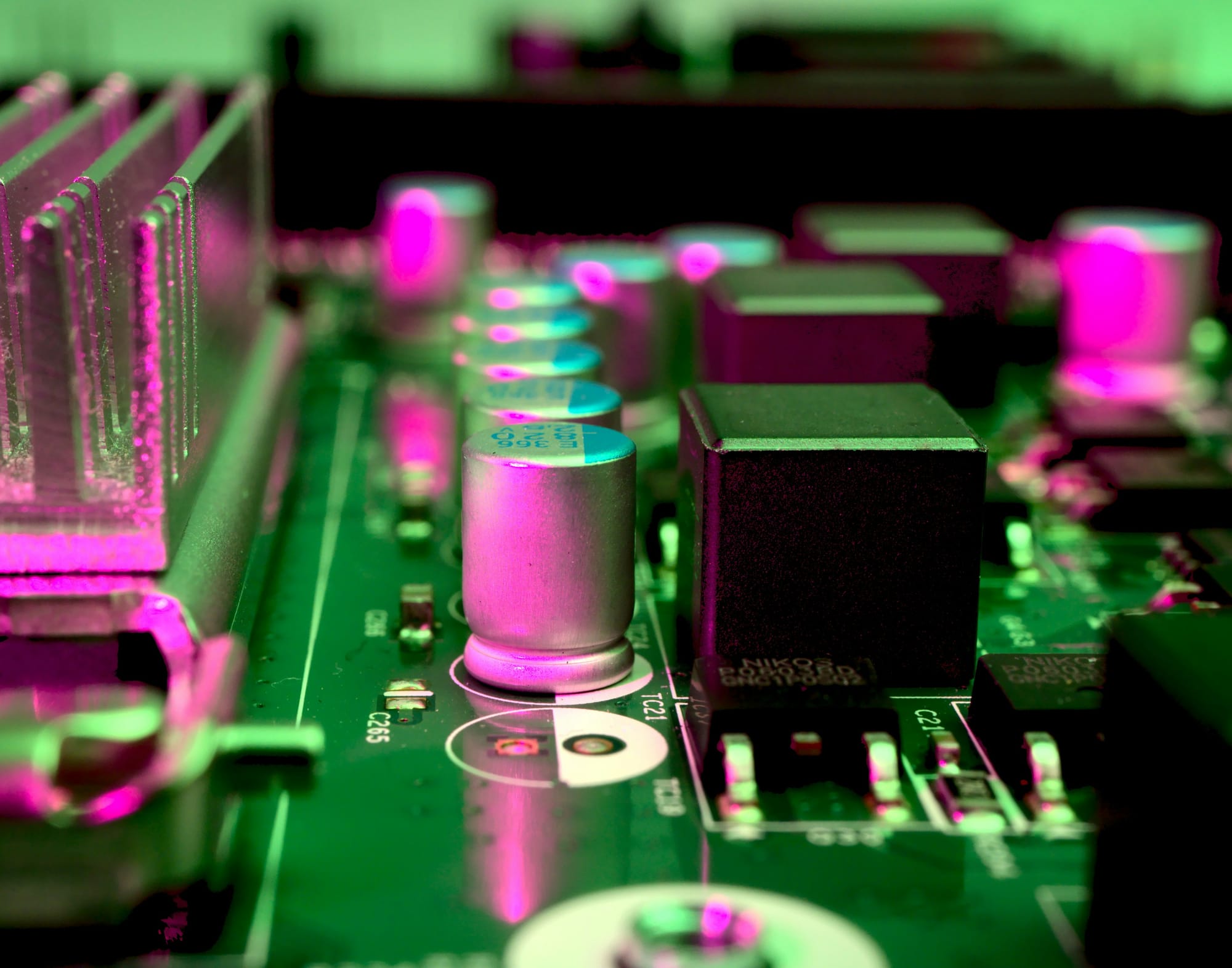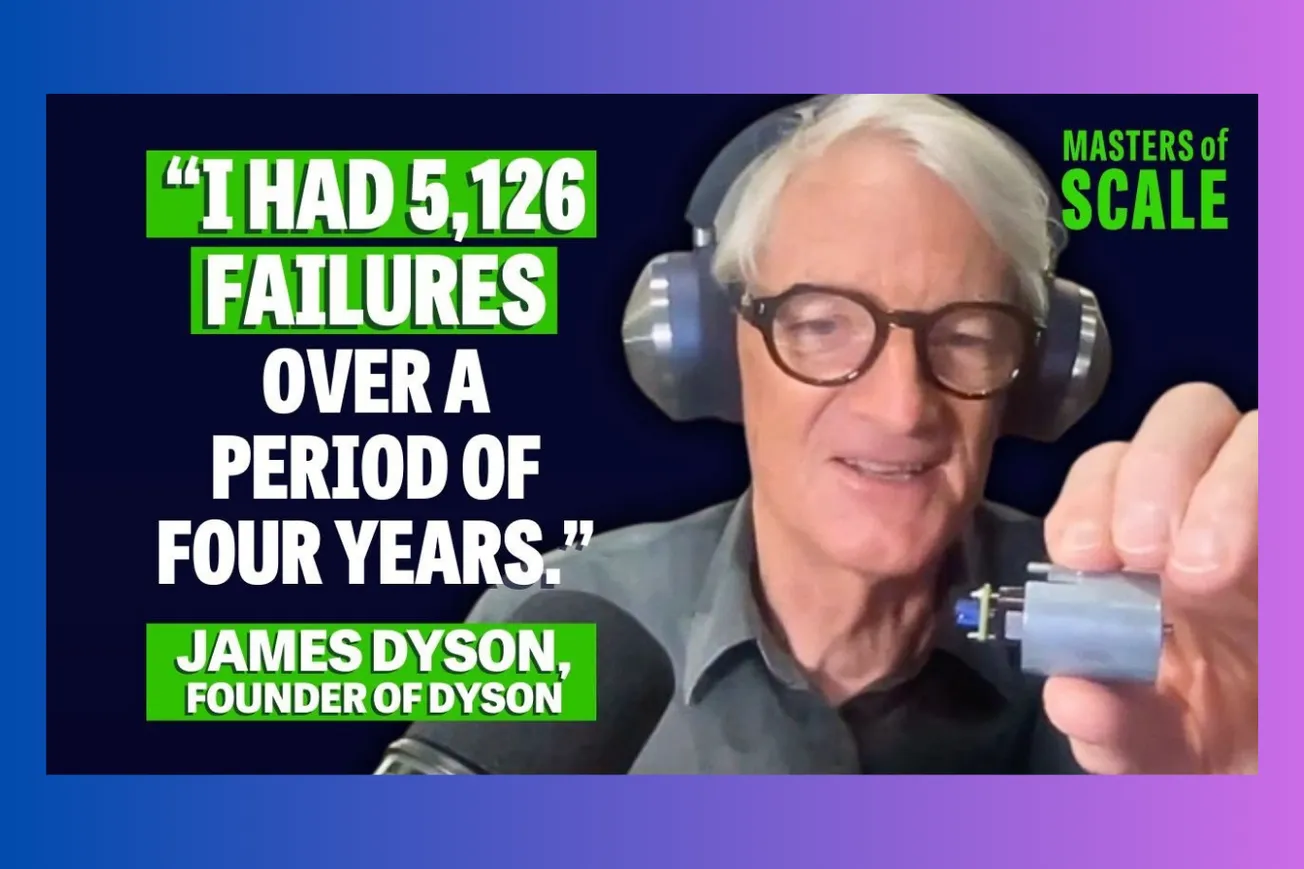Key Takeaways
- Beijing’s April controls target seven heavy and medium rare‑earth elements essential for high‑temperature performance magnets used in electric vehicles, wind turbines, and defense hardware.
- Industry estimates show European and Japanese automakers hold just two to three months of finished‑magnet inventory, well below the three‑to‑six‑month buffer now deemed prudent.
- A 145 % US tariff package triggered China’s move; executives see the restrictions ranking “7 or 8” in severity, signaling escalation beyond mere tit‑for‑tat customs duties.
- Forced‑majeure notices, licence delays, and opaque pricing already restrict spot supply, compelling traders to withdraw offers and magnifying the risk of sudden production stoppages.
- Alternative capacity—such as Lynas’s Malaysian expansion—will not deliver dysprosium or terbium until mid‑2025, leaving a strategic gap that national stockpiles alone cannot bridge.
- Analysts warn Beijing retains a “big threat vector” to curtail lighter rare‑earths like neodymium, amplifying leverage if the broader US‑China tech conflict intensifies.
- The decisive variable is export‑license processing speed; prolonged approvals would effectively tighten domestic supply while allowing China plausible deniability of outright embargo.
Please sign-in to continue reading this post for free!










